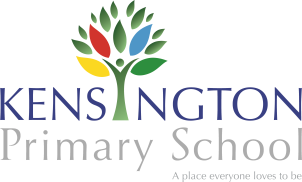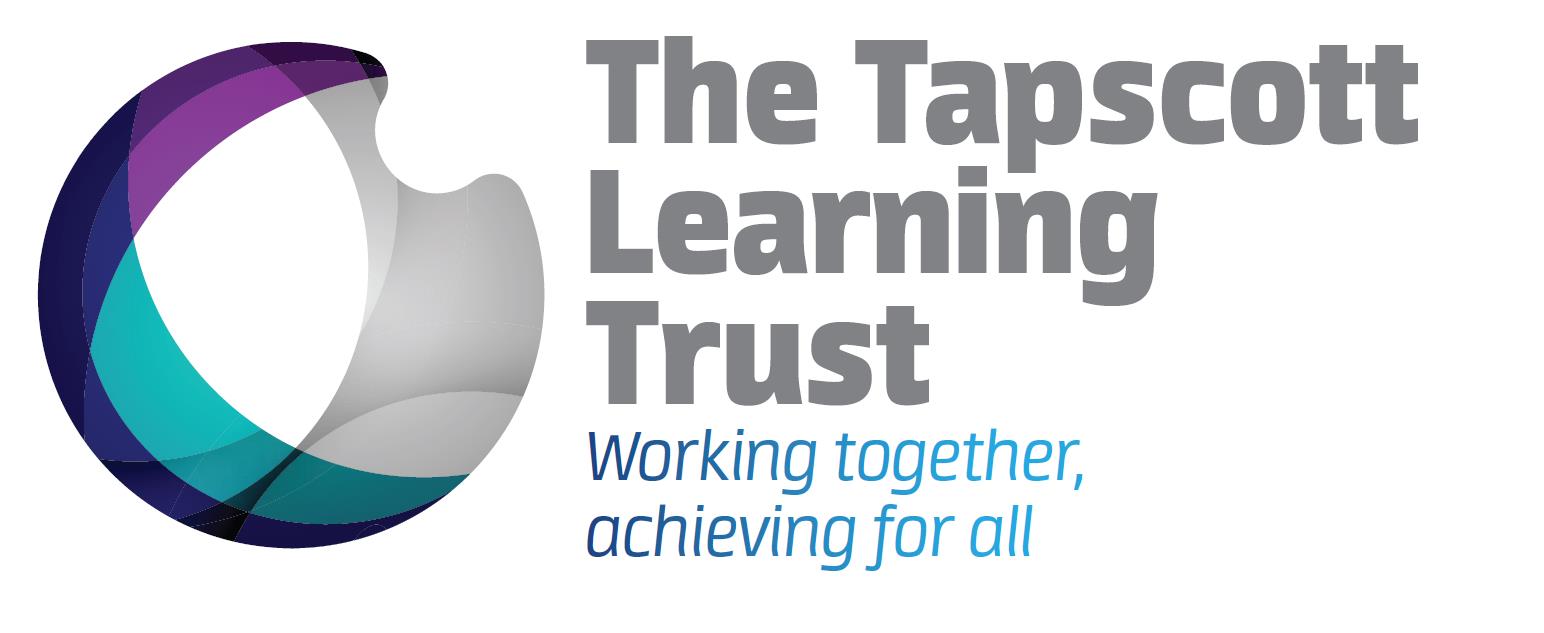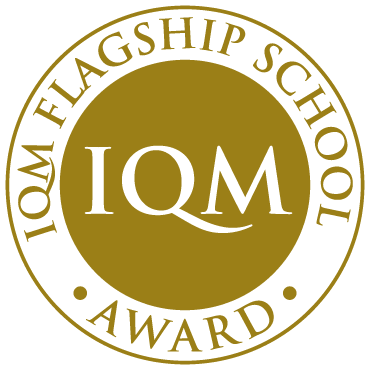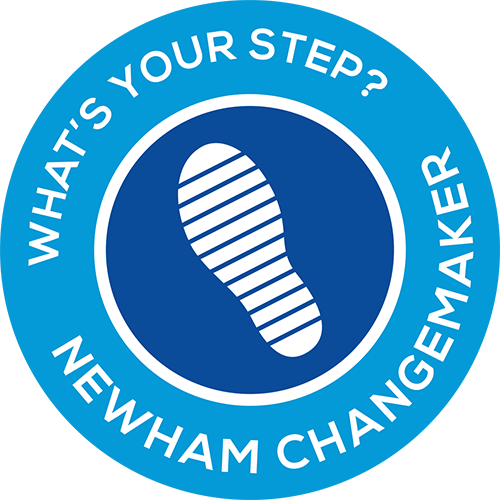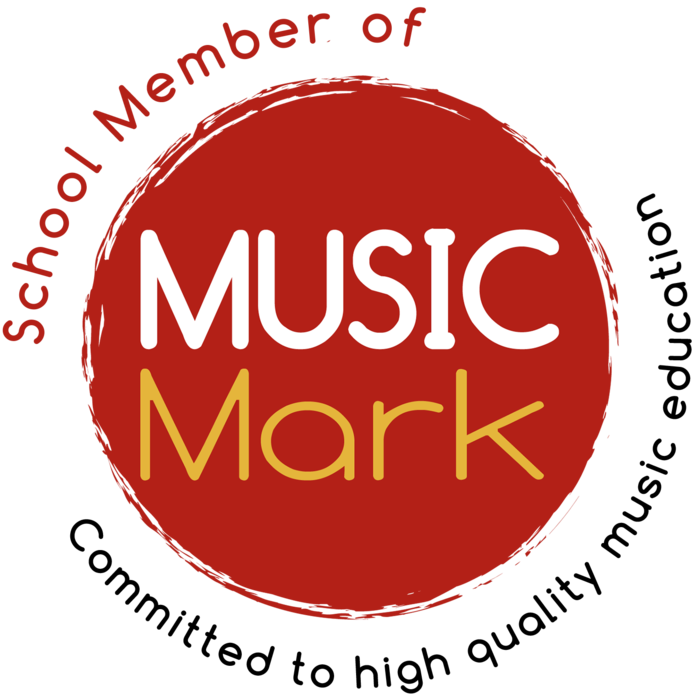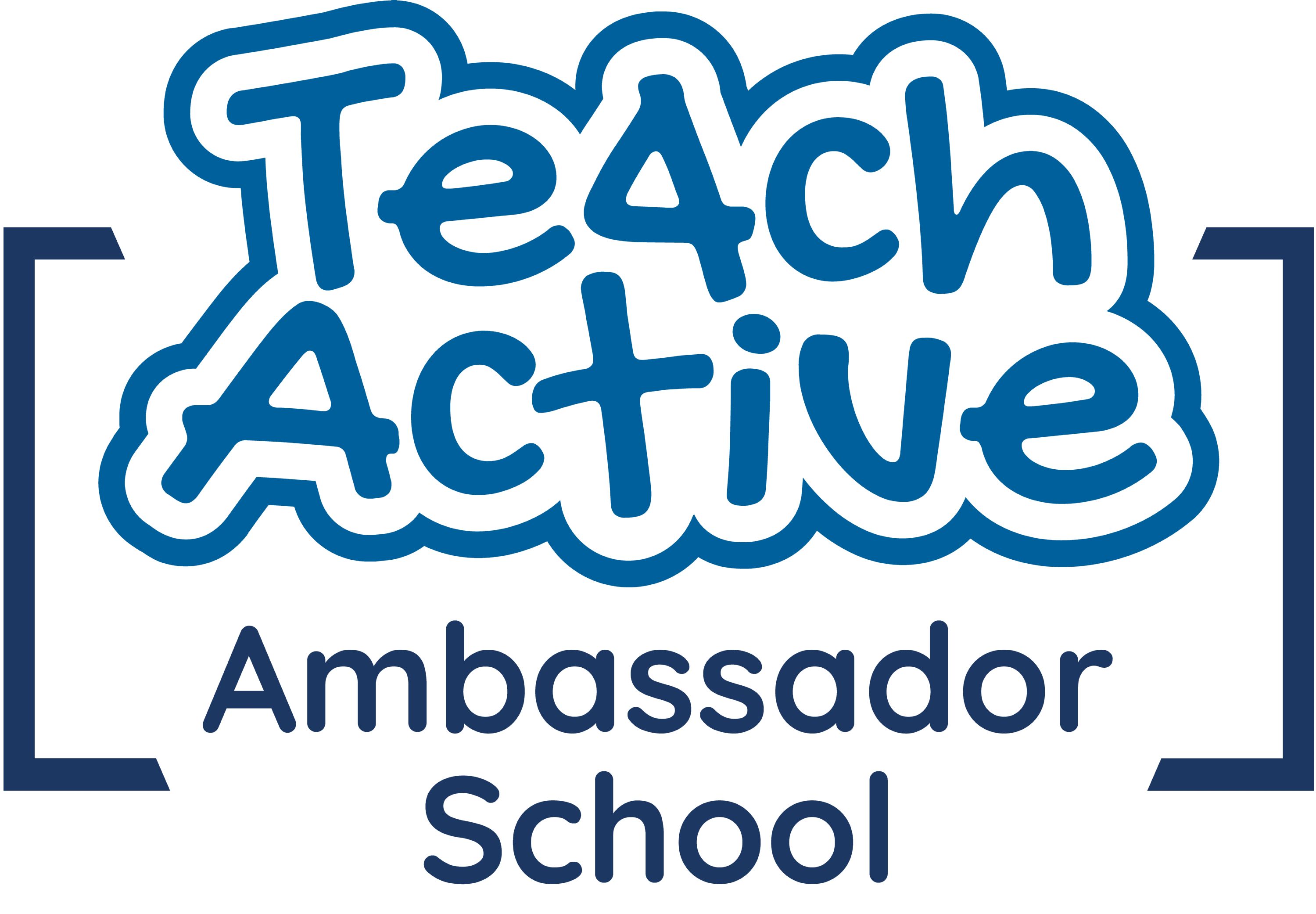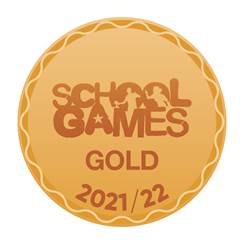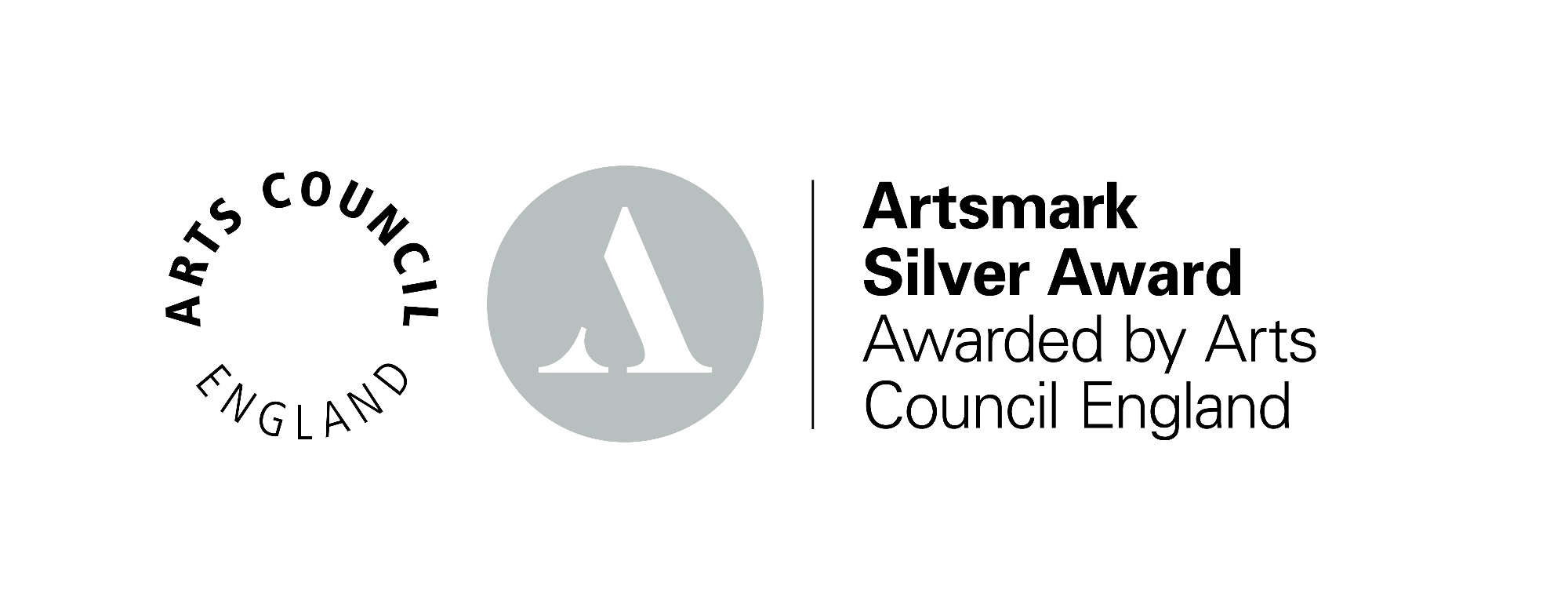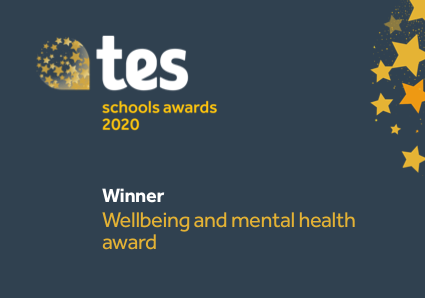Maths
Maths is all around us and it underpins much of our daily lives and our future as individuals and collectively. At Kensington our aim is to ensure that all children have the best grounding in mathematics and that they are challenged regularly to grow in their love of maths.
As Maths is such an important life skill, we have introduced a ‘Mastery’ approach to our lessons, allowing children to spend longer on key mathematical concepts, most noticeably number. During these longer units, pupils will see maths in a real life context, before moving at an appropriate pace from the concrete/pictorial approach to the abstract.
The ‘Mastery’ approach consists of five ideas:
- Representation and Structure: Examples in lessons highlight the structure of the mathematics
- Variation: Ensuring the concept is shown in a wide range of different images and subsequent work has questions that show clear patterns/concepts/relationships
- Mathematical thinking: connections/reasoning are highlighted and made explicit
- Fluency: Children are expected to learn by rote and use these in a range of contexts
- Coherence: Lessons slowly build upon each other allowing for greater depth/reasoning.
Representation and Structure
Children use concrete manipulatives (objects) and pictorial representations (pictures), before moving to abstract symbols (numbers and signs). This is called: CPA (Concrete-Pictorial-Abstract).
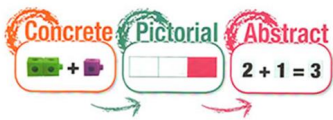
When we use number in any situation, we have a mental 'picture' of what this looks like. If you are very confident with number, this picture is so embedded that you hardly see it anymore: but it is there. By using concrete manipulatives we are giving children a physical representation that, over time and with practise, will become their mental picture.
Language/ Mathematical Thinking
The way that children speak and write about mathematics has been shown to have an impact on their success. We use a carefully sequenced, structured approach to introduce and reinforce mathematical vocabulary. Every lesson includes carefully modelled explanations and opportunities for children to explain or justify their mathematical reasoning.
Variation
Mastery teaching never relies on one picture/representation when teaching a concept. Instead, each concept is taught using as many representations as possible to highlight the structure behind the concept. The links between these representations are explicitly made and discussed. Children are encouraged to use a range of representations fluently. E.g. when teaching about halving (concept: two equal parts of a whole); halves of objects, shapes, capacity, volume, area, quantity are used as well as halves demonstrated on a number line and a variety of contexts. Showing the children what is not the concept is equally important.
Fluency
Teachers will then teach the conceptual understanding to go with the rote facts. Number bonds can be taught in a logical way to highlight the links between facts i.e. all the numbers + 1 and then all the numbers + 2 If you know 5 + 1 = 6 then 5 + 2 = (5 + 1) + 1 . It is just adding one more to a fact you already know. A range of activities and variety of images/chanting are used to highlight key facts and to memorise these.

When it comes to times tables, speed AND accuracy are important – the more facts your child remembers, the easier it is for them to do harder calculations.
Times Table Rock Stars is a fun and challenging programme designed to help students master the times tables!
To be a Times Table Rock Star you need to answer any multiplication fact up to 12×12 in less than 3 seconds!
All children have an account that can be used at home or in school. Times Table Rock Stars enables children to acquire times table facts in a competitive and fun way.
For more information on Times Table Rock Stars, or to take part in the challenge, please visit: https://ttrockstars.com/login
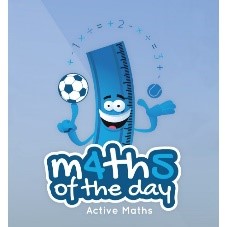
In support of our health curriculum, we are taking a more active approach to maths. You can expect your child to take their maths outside of their classroom to enjoy in a fun and active way every other week.
Benefits of Maths of the Day
- Provides engaging content for pupils
- Helps young people retain information
- Exercises the mind and body
- Increases attainment and achievement
- Allows for cross curricular learning combining PE and Maths in the timetable
To find out more head to https://www.teachactive.org/case-studies/
Calculation Policy
Please find two Calculation Policy documents below:
- Multiplication and Division Calculation Policy
- Addition and Subtraction Calculation Policy
